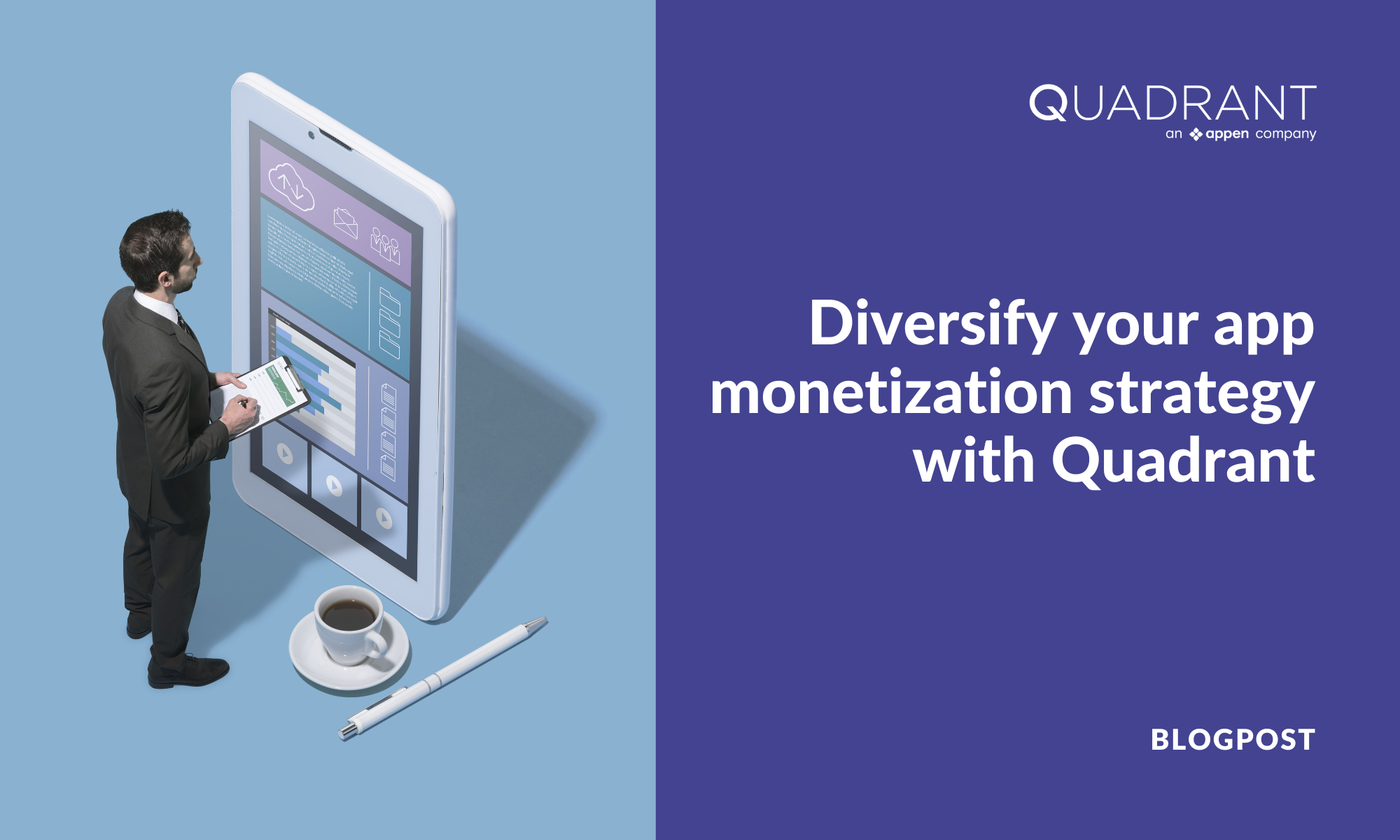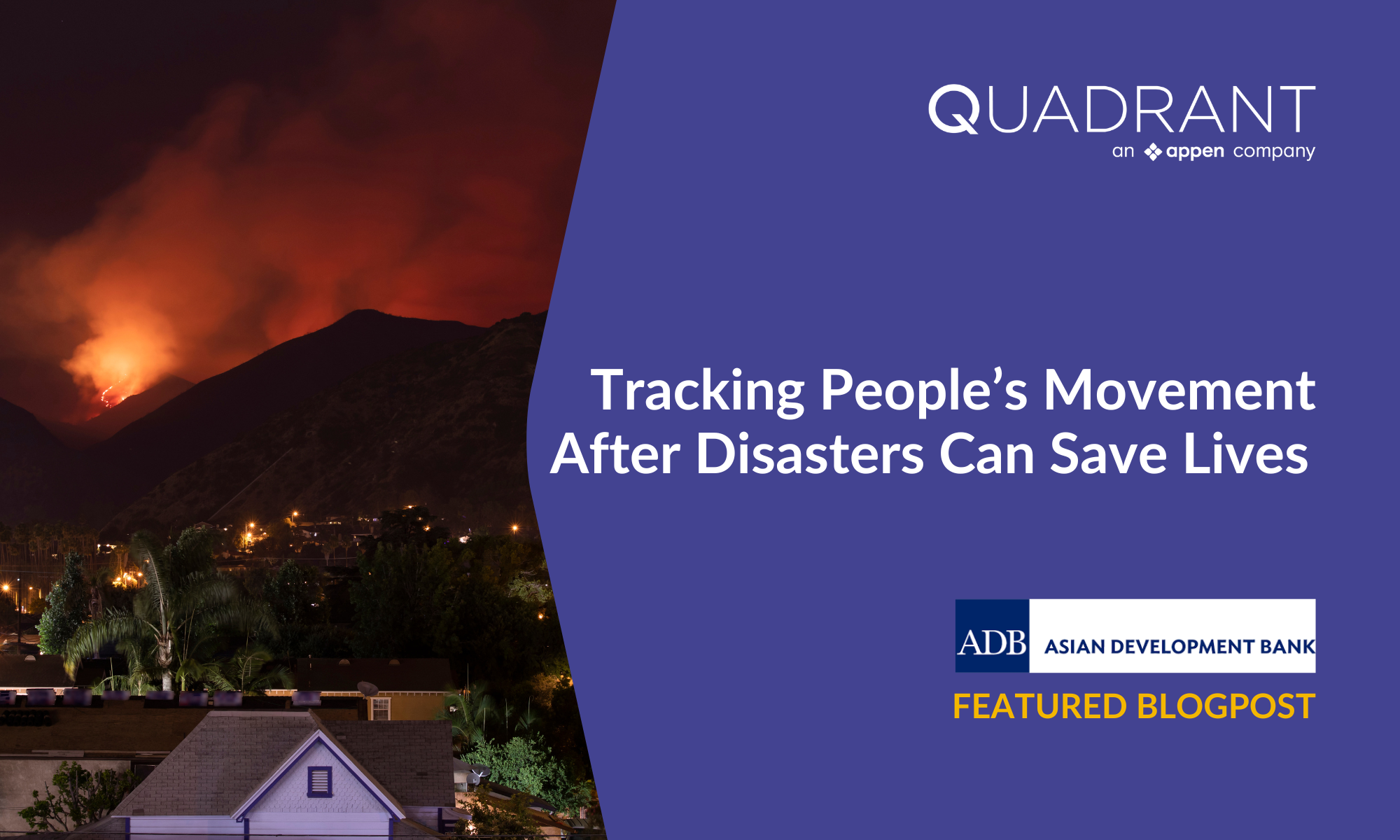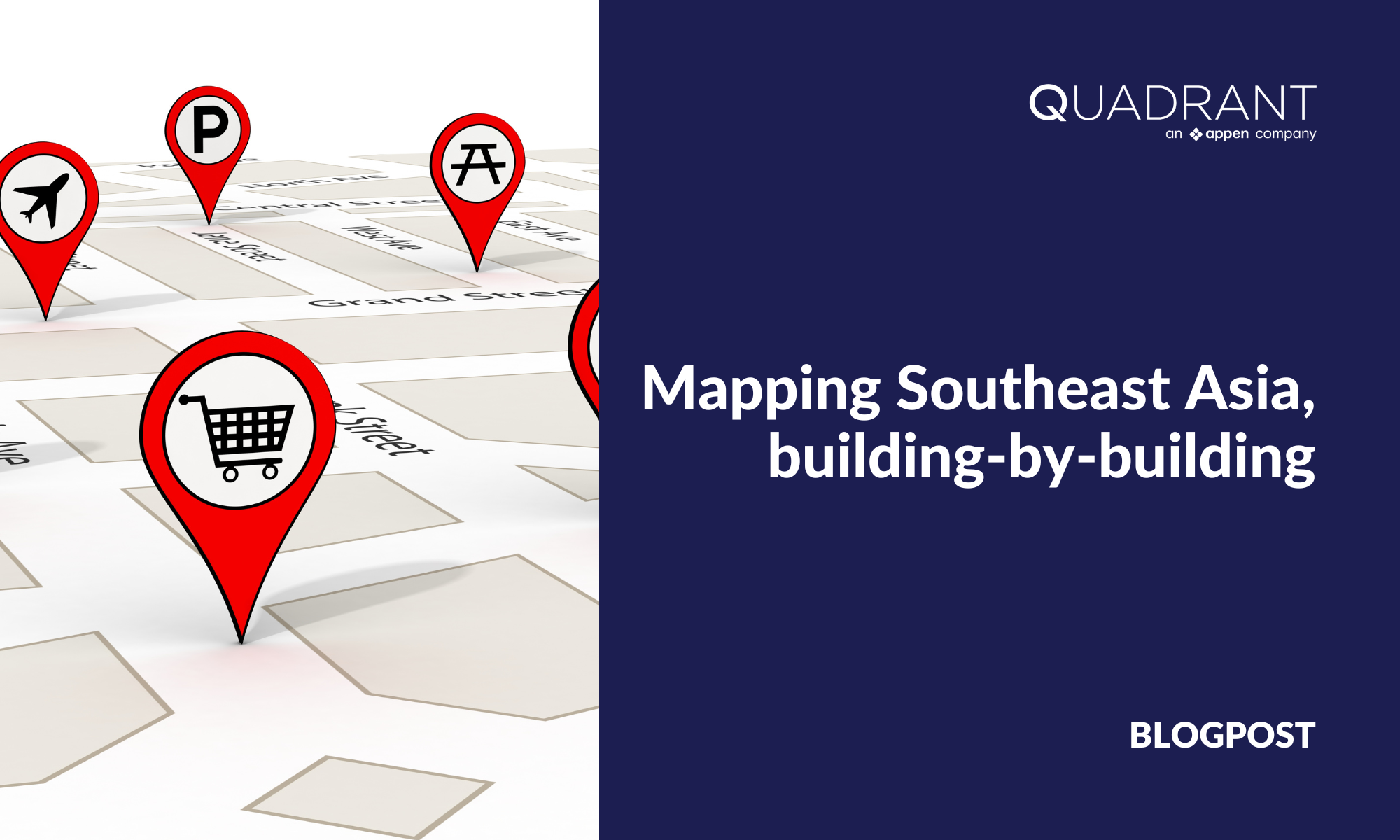Mobile app development and maintenance is a resource intensive and time-consuming process – which is why the primary objective of publishers is maximising the revenue they generate from their apps. One of these is data monetization.
Data monetization, however, is not what usually comes to mind first. Since several successful platforms like Spotify, Tinder, and Netflix use subscriptions, one might be inclined to believe this is the most common monetization strategy. However, out of the $111 billion generated in mobile app revenue in 2020, subscription-based apps on both Apple’s App Store and Google Play collectively earned only $11.7 billion. This statistic offers a key insight: subscription models capture the imagination but only account for approximately 10% of all revenue generated from apps. Therefore, it is important to explore alternative models for generating revenue.

Ads-based monetization
Most small scale or indie publishers host ads on their apps to generate revenue. Although this mechanism of revenue generation works for many apps, it does have several drawbacks.
An increasing proportion of people are using ad-blocking software to disable ads on their computers and smartphones. According to a US-based survey conducted across the first quarter of 2020, 31% of respondents aged 25-34 years old and 34% of respondents aged 35-45 years old claimed they used ad blockers on their smartphones. Since then, these numbers have likely increased further.
Rather than having in-house teams that sell digital advertising space on their mobile apps, most publishers rely on mobile ad networks (such as Google AdMob or the Meta Audience Network) to generate ad-based revenue.
Although such platforms employ automation and AI to select and deliver ads, mistakes do happen all the time. Irrelevant, repeating, or contextually inappropriate, misplaced ads are a threat to brand image. Industry think tank WARC estimates that one in ten programmatic ad impressions are “high-risk inventory”. Ad network SDKs also come with high battery usage and sometimes unreasonable network traffic. CleverTap – a leading mobile advertising agency – conducted a survey which found that over 15% of respondents specifically cited too many ads as the primary reason for uninstalling apps.
Apart from native ads (that mesh well with an app’s interface), ad network banners do not match the design and theme of said apps. This inconsistency in the UI, and therefore, the UX, also drives down user engagement and retention.
Data privacy and data monetization
Another viable means of generating income from mobile apps is to monetize user data: purchase intent, location, demographics, and more. However, people are justified in being cautious about which companies have access to this information.
In recent times, there have been a host of instances in which businesses have misused the information they possess on their users/customers; the Facebook-Cambridge Analytica data scandal (which allowed the latter to misuse the personal information of 87 million Facebook users) and Twitter giving advertisers access to their users' contact information – without user consent in both cases – are two prime examples of such wrongdoing.
Such events prompted regulatory bodies across the world to pass data-privacy laws aimed towards protecting internet users from similar injustices. To date, over 100 countries have enacted data-privacy regulations.
An over-reliance on ads to generate revenue can backfire by negatively impacting user experience. This, in turn, can chip away at the size of an app’s userbase. On the other hand, selling people’s confidential data can land businesses in a heap of financial and legal problems. This begs the question: how can publishers monetize their apps while avoiding the aforementioned issues?
A great way to do so is to supply anonymised location data. These days, such data is instrumental in enabling businesses to increase sales and marketing ROI. Additionally, location data is also used to tackle public issues such as disaster relief coordination and public transport management.
App monetization with Quadrant
Location data bears information on the geographical position / coordinates of a user, obtained through a device such as a smartphone or tablet. Although location data comes from several sources and can include multiple attributes, such data must contain two essential datapoints: latitude and longitude.
Location data from mobile devices is anonymised and it tells us no Personal Identifiable Information (PII) about mobile app users. In fact, companies that purchase data from Quadrant have no interest in such personal data. Typically, these businesses require historical location data that can span months or even years to derive insights that enhance operational efficiency. Stated differently, there is no real-time tracking.
Publishers can share data with us through a S2S (Sever-to-Server) integration via an AWS S3 bucket. Under this mechanism, a publisher's server-side infrastructure is utilised to transfer location data signals and events.
Quadrant compensates publishers based on the aDAU (average Daily Active Users) on their platforms, calculated as the cumulative number of daily users across days divided by the number of days. The minimum number of datapoints that can be supplied is 1000. Another factor that determines app revenue is the location of the users. For data emanating from the US – country with the highest demand – we pay a minimum of 15 USD per 1000 aDAU. The same number of aDAU from Europe gets publishers 10 USD, while 1000 aDAU from elsewhere in the world will get them 3 USD.
Quadrant procures, stores, and processes data in accordance with the most stringent data-privacy regulations - such as the EU's GDPR. Our sustained commitment towards upholding and promoting transparency within the data economy has allowed us to become a IAB TCF v2.0 registered vendor. Therefore, publishers can increase their revenues by becoming one of our data partners without having to worry about regulatory issues down the line.
Our top partners make 6 to 7 figures a year by supplying us location data. Monetizing your app with Quadrant offers several other advantages as well. As one of our partners put it:
"I wanted to find a way to easily monetize the app without the cost going to users. I wanted it to be ethical but also compliant [with data privacy regulations]. The blockchain integration with Quadrant Protocol means all user transactions are hashed on the blockchain for auditing purposes - which was a key selling point because I knew that later down the road I wouldn't be in trouble for supplying anoynymised location data as I'd be able to show an audit trail".




